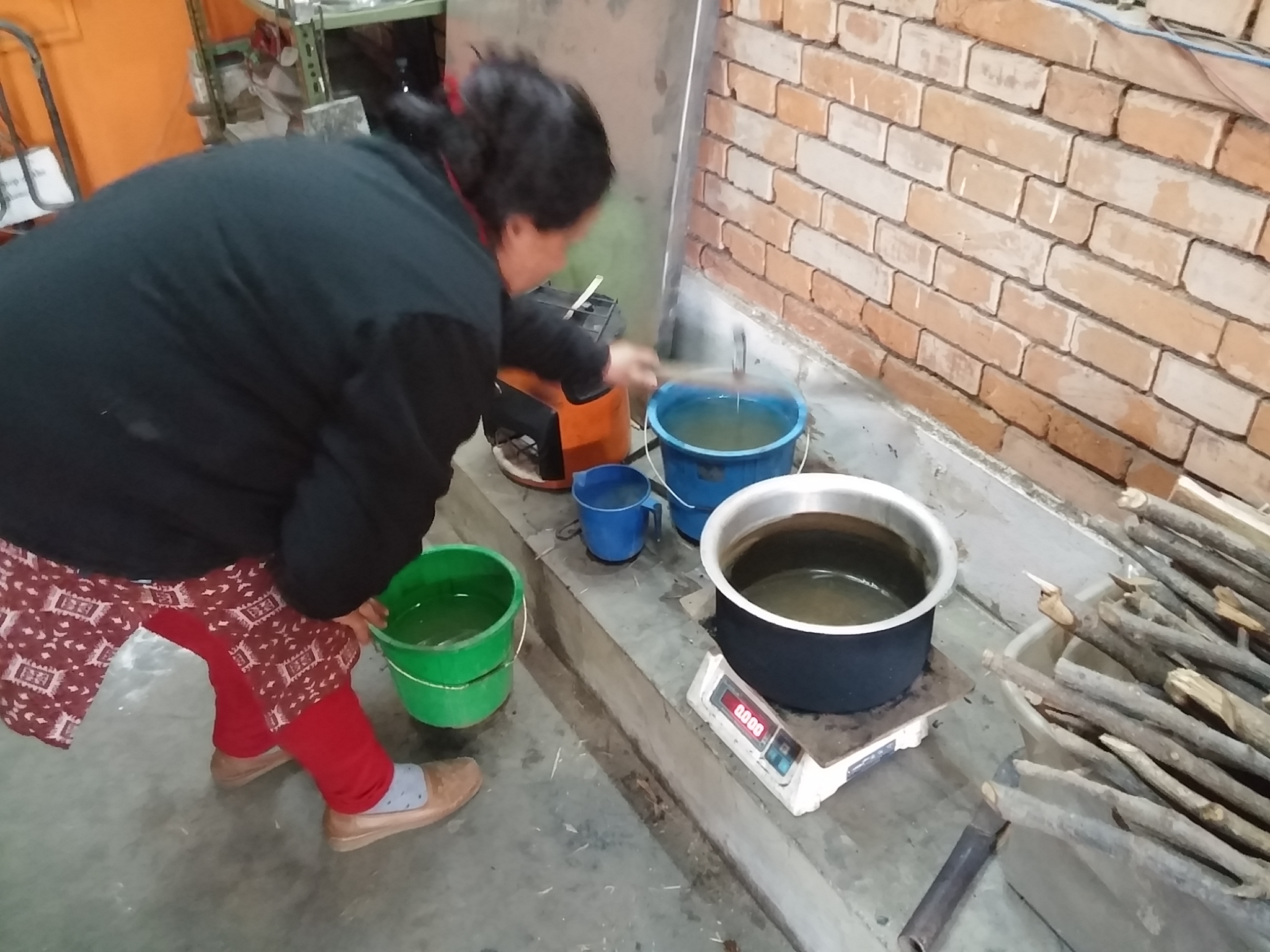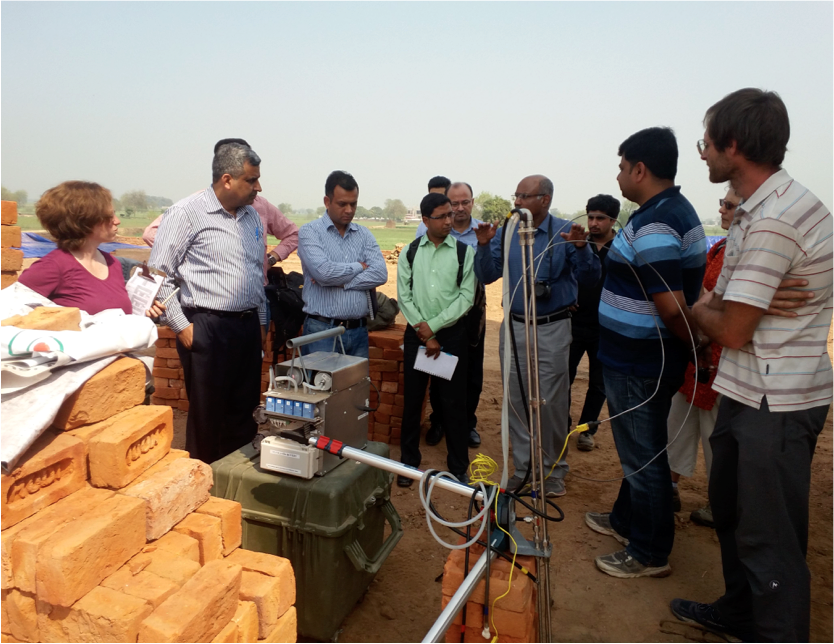Global Research, Applications and Implementation for Community Environmental Services
Ongoing Projects
The emPOWER Collective – Nepal

Photo by Tami Bond.
The emPOWER Collective places international expertise in household energy at the service of rural communities. We work alongside empowered men and women to define the problems, solutions, and appropriate technologies to co-create energy solutions. The approach is to listen, support, and advise.
Climate-relevant characterization of brick kilns in South Asia and South America
Fired clay bricks are one of the most common building materials used in South Asia. In most places, the kilns used to make these bricks are fueled by burning coal, wood, and dung and have no pollution prevention technologies in place to address the resulting emissions of gases and particulate matter that contribute to air pollution, global warming, and harm the health of brick makers and people in nearby communities.
Improving kiln technology reduces harmful emissions, but just as kiln types vary, so too do the best practices for upgrading. An accurate understanding of kiln emissions is a necessary tool for making updates with the most impact. This project measures and characterizes emissions by kiln design and fuel type in targeted regions. Perhaps more importantly — we also share new measurement methods and training tools with local air quality professionals so that measurement and improvements can continue without lengthy wait times on foreign researchers.
An example of our work changing lives in partnership with community implementers: http://www.bbc.com/news/science-environment-39168580.
Funded by the Climate and Clean Air Coalition.
Seasonal Changes in Household Emissions from Solid Fuel Use
Household combustion of solid fuels can be a major contributor to poor indoor air quality, and improving that situation requires detailed understanding of the causes of emissions within a home. Reducing emissions from cooking over fires is often identified as a way to improve air quality and environmental burden, but other activities like water boiling, space heating and income-generating activities also hold potential for improvement.
In partnership with the Center for Rural Technology in Nepal, (CRT-N) researchers quantified the seasonal changes in emissions from biomass-burning stoves used to accomplish a variety of household tasks. Measurements in 110 households in four development districts of Nepal, showed that non-cooking activities forced an upswing in wood combustion during winter, while the wood use by cooking fires stayed roughly consistent all year long. Clearly, addressing non-cooking needs is important for effective emission reduction from household sources.
Funded by the U.S. Environmental Protection Agency.
Vision
GRAICES (Global Research, Applications, and Implementation for Community Environmental Services) is a collection point for experts of all disciplines who share a common interest in providing clean basic services for all. Our work lies in evaluating effectiveness of solutions, in developing technical capabilities that close the evaluation loop, and in fostering appropriate connections between research and practice.
At the core of GRAICES is a partnership between engineering and social evaluation. Solid engineering skills like analysis and design address the physical provision of household energy, indoor air quality, drinking water quality, and sanitation. The next step is to integrate techniques from anthropology, sociology, and economics elucidate contexts, needs, and acceptability.
Principles
GRAICES was founded on the belief that appropriate innovation can improve public health, quality of life, and environment. That innovation can occur only when the context and constraints of a system, including its human participants, are well understood, and when suitable feedback is provided to designers and implementers.
Basic services come from an energy system, a water supply system, and a waste removal system, to name just a few. Failures of quality in these systems lead to 4 million lives lost through household air pollution, 1.8 billion people relying on drinking water contaminated with feces, and 280,000 diarrheal deaths annually (source: WHO). Yet these systems are physically integrated, connected through human decision-making, and embedded in culture and economy. Positive change is possible only in the context of these interactions.






